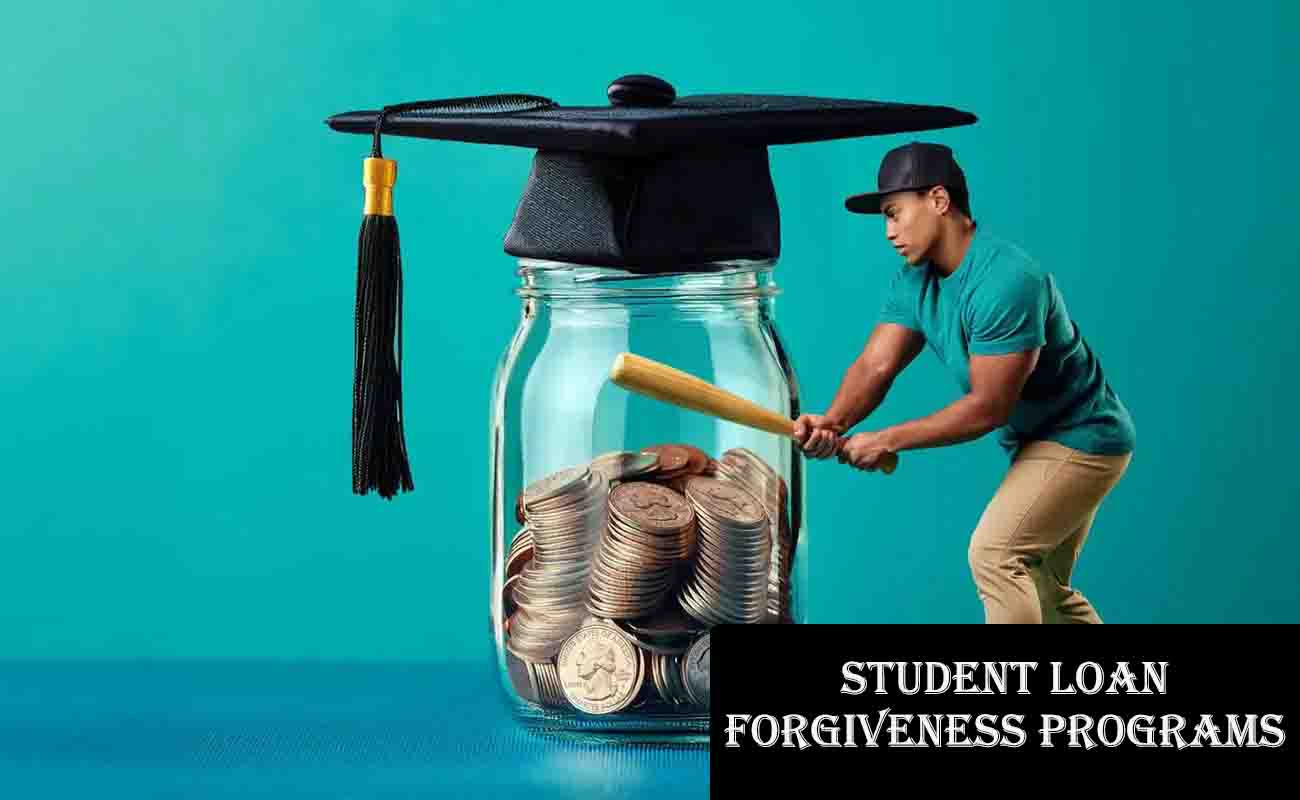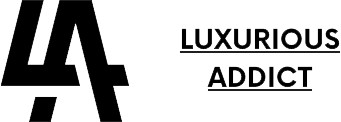When I first heard about student loan forgiveness programs, I pictured someone waving a magic wand and erasing my debt. These programs, mostly offered by the federal government, allow you to have part or all of your federal student loans forgiven, canceled, or discharged under specific conditions.

Think of it as a reward for certain careers or a safety net for tough situations. You might be wondering, “What’s the catch?” These programs often require you to meet strict criteria, such as working in a particular job for years or proving financial hardship.
For example, some focus on public service workers, while others target teachers or those with disabilities. The key is understanding which ones you qualify for and staying committed to the requirements. I learned the hard way that not all loans qualify; only federal loans, such as Direct Loans, are typically eligible. Private loans? You’re usually out of luck, but we’ll get to that later.
Public Service Loan Forgiveness (PSLF)
If you work for a government or nonprofit organization, the Public Service Loan Forgiveness (PSLF) program might be your golden ticket. I have a friend who’s a social worker, and she swears by this program.
Here’s how it works: if you make 120 qualifying monthly payments (that’s about 10 years) while working full-time for a qualifying employer, the rest of your Direct Loans can be forgiven, tax-free.
You’ll need to be on an income-driven repayment (IDR) plan to make this work, which bases your payments on your income and family size. Sounds straightforward, right? But I’ve seen people trip up because they didn’t submit the Employment Certification Form regularly or had the wrong loan type.
Use the PSLF Help Tool on StudentAid.gov to check your eligibility and track your progress. It’s like a GPS for your loan forgiveness journey.
Teacher Loan Forgiveness
As a former teacher’s kid, I know how much educators sacrifice. That’s why the Teacher Loan Forgiveness program caught my eye. If you teach full-time for five consecutive years at a low-income school or educational service agency, you could have up to $17,500 of your Direct or FFEL Program loans forgiven.
Special education or secondary math/science teachers often qualify for the full amount, while others might get $5,000. You can’t double-dip with PSLF for the same teaching period, so you’ll need to choose which program suits you best.
I suggest using the Loan Simulator tool on StudentAid.gov to compare your options. When I looked into this for a cousin who’s a teacher, we found that consolidating her FFEL loans into a Direct Loan made her eligible. It took some paperwork, but it was worth it to see her stress lighten.
Income-Driven Repayment (IDR) Plans
If public service or teaching isn’t your path, income-driven repayment (IDR) plans might still offer relief. These plans adjust your monthly payments based on your income and family size, sometimes dropping them to $0 if you’re earning little.
After 20 or 25 years of payments (or as few as 10 under the SAVE plan), any remaining balance is forgiven. I was skeptical about IDR at first—20 years sounds like forever! But for my friend who’s a freelancer with an unpredictable income, the SAVE plan was a lifesaver.
His payments are now affordable, and he knows there’s an end in sight. Just be aware that forgiven amounts might be taxable, depending on the program and year. You’ll also need to recertify your income annually, so set a calendar reminder to avoid surprises.
Borrower Defense and Closed School Discharge
Have you ever felt misled by your school? Maybe they promised job placement that never materialized. That’s where Borrower Defense to Repayment comes in. If your school defrauded you—say, by lying about graduation rates or job prospects—you can apply to have your Direct Loans discharged.
I read about students from for-profit colleges who got their loans wiped out because their schools were shut down for shady practices. Similarly, Closed School Discharge helps if your school closes while you’re enrolled or soon after you withdraw.
You won’t need to repay those loans, but you must meet specific criteria, like not transferring credits elsewhere. I helped a neighbor apply for this when her cosmetology school shut down overnight. It was a hassle, but seeing her debt vanish was incredible. Check StudentAid.gov for application details and deadlines.
Total and Permanent Disability Discharge
Life can throw curveballs, and if you’re dealing with a permanent disability, the Total and Permanent Disability (TPD) Discharge program might help. If you can’t work due to a physical or mental disability, you could have your federal loans discharged.
Veterans with service-connected disabilities often qualify automatically. I met someone at a community event who got TPD discharge after a car accident left him unable to work.
The process was emotional, but the relief was life-changing. You’ll need to provide medical documentation or VA records, and there’s a three-year monitoring period to ensure your income stays low. Visit disabilitydischarge.com for step-by-step guidance.
State and Profession-Specific Forgiveness Programs
Beyond federal options, some states and professions offer their own student loan forgiveness programs. For example, nurses might qualify for the NURSE Corps Loan Repayment Program, which covers up to 85% of unpaid college debt.
Lawyers in certain states, like New York, can get help through programs for public defenders. Even farmers in some states have loan repayment incentives!
When I researched this, I was amazed at the variety. If you’re in a high-need field like healthcare or education, check with your state’s education or workforce agency. You might find a program tailored to your career. Just make sure the program applies to your loan type, as some only cover federal loans.
Watch Out for Scams
I can’t stress this enough: student loan forgiveness programs are free to apply for through official channels. If someone calls or emails promising quick forgiveness for a fee, it’s a scam. I nearly fell for one myself years ago—a company offered to “handle” my PSLF application for $500. Luckily, I checked with my loan servicer first.
You should only work with the U.S. Department of Education or your loan servicer. Never share your FSA ID or personal info with third parties. If you suspect a scam, report it to the Federal Trade Commission or your state’s attorney general. Stick to StudentAid.gov for legit info, and you’ll save yourself a headache.
Tips to Maximize Your Forgiveness Chances
Navigating student loan forgiveness programs can feel like a part-time job, but these tips helped me and others stay on track:
- Check Your Loan Type: Only federal loans (especially Direct Loans) qualify for most programs. Log into StudentAid.gov to confirm.
- Consolidate if Needed: FFEL or Perkins loans might need to be consolidated into a Direct Loan for eligibility.
- Stay Organized: Track payments and submit forms like the PSLF Employment Certification regularly.
- Use Official Tools: The PSLF Help Tool and Loan Simulator are your friends.
- Ask for Help: Contact your loan servicer or the Federal Student Aid Information Center if you’re confused.
I learned to set aside an hour each month to review my loan status. It’s tedious, but it keeps you in control.
FAQs About Student Loan Forgiveness Programs
Q: Can private student loans be forgiven?
A: Unfortunately, student loan forgiveness programs typically don’t cover private loans. You might find state or employer repayment assistance, but federal programs focus on Direct Loans.
Q: How long does it take to get forgiveness?
A: It depends. PSLF takes 10 years of qualifying payments, while IDR plans can take 20–25 years. Borrower defense or TPD discharge might be faster if approved.
Q: Will forgiven loans increase my taxes?
A: PSLF and some discharges (like TPD through 2025) are tax-free. IDR forgiveness might be taxable, so check with a tax professional.
Q: What if I miss a payment?
A: For PSLF, only on-time payments count. If you’re struggling, contact your servicer about deferment or forbearance to avoid default.
Q: Are these programs safe from policy changes?
A: Programs like PSLF are laws, so they’d need Congressional action to end. But rule changes can affect eligibility, so stay updated via StudentAid.gov.
Conclusion
As I wrap up, I’m reminded of how overwhelming my student loans once felt. Exploring student loan forgiveness programs gave me hope, and I want the same for you. Whether you’re a teacher, nurse, or just scraping by, there’s likely a program that fits your life.
It takes patience and paperwork, but the freedom from debt is worth it. Start by checking StudentAid.gov, talking to your loan servicer, and taking it one step at a time. You’ve got this, and I’m rooting for you to find the relief you deserve.

